In the realm of politics, ideologies often trump the pursuit of pragmatic solutions, even when the facts stare us in the face. Nowhere is this sad reality more apparent than in Australia’s current energy transition debacle.
The energy landscape in Australia is evolving rapidly, driven by pressing concerns over climate change which is propelling the early retirement of coal-powered stations and the urgent need to replace them with cleaner, more sustainable sources. At the heart of the issue lies the reluctance of politicians to acknowledge the challenges and limitations presented by the push towards an all-renewables solution.
While renewable energy sources undoubtedly have a crucial role to play, an over-reliance on them without a diversified energy portfolio is a risky gamble that could have adverse consequences for the nation’s economic health and energy security, delaying our pledge to become a carbon-neutral economy by 2050.
If we examine the US, we find that the promises surrounding renewables and the reality have been starkly different. In 2022, President Biden signed the Inflation Reduction Act (IRA), injecting US$380 billion into renewable energy grants, tax credits, and subsidies. The expectation was a surge in demand for wind and solar projects, promising substantial gains for the industry. However, renewable energy stocks have taken a nosedive, prompting questions about the sector’s trajectory and the impact of substantial government subsidies. The ICON Clean Energy ETF plummeted by 35 per cent, with major players like Enphase Energy, SolarEdge Technologies, and SunPower witnessing share price drops exceeding 70 per cent.
Similarly, ORSTED, a significant wind power producer, saw its shares halved and incurred US$5.6 billion in impairment charges post the termination of a large-scale offshore wind project in New Jersey.
So, how do we reconcile the headlines proclaiming renewables as the cheapest form of energy with the negative outcomes faced by solar and wind companies over the past year?
Since 2022, significant changes have occurred affecting renewable energy projects. The impact of inflation and recent increases in interest rates have complicated the economics of renewable energy projects, where higher borrowing costs have inflated project costs and reduced project viability. This has led to project cancellations and impairment charges for companies involved in renewable energy development.
Over $30 billion in investment has been stalled as at least 10 offshore wind projects in the US and Europe are facing delays, as reported by The Wall Street Journal.
The cost of building onshore and offshore wind farms has gone up significantly as existing supply chains can’t keep up with the demand, and the global real estate bubble pushed up prices of raw materials. The National Renewable Energy Lab, which is a part of the US Department of Energy, estimates building an offshore wind farm has gone up to about US$4 million of upfront capital expenditures per MW of capacity, with maintenance costs of approximately US$124,000 annually, and with an estimated useful life of 25 years. Considering that wind power operates about 49 per cent of the time due to intermittent wind patterns, each MW of capacity generates about 4,300 MW hours of electricity per year. Over 25 years, the total cost to generate 107,000 MW hours of electricity amounts to US$67 per MW hour.
The economics of renewable energy projects are further complicated by intermittency issues, with the mismatch between electricity supply and demand posing challenges for grid stability. Despite advancements in energy storage technologies, intermittency remains a concern, particularly for regions heavily reliant on renewable energy. This discrepancy between the cost of renewable energy production and its value to the grid has significant implications for project viability.
As solar and wind technology advance, it becomes more and more difficult to make further technological improvements that can contribute to cost reductions. From 2010 to 2017, the cost of fixed-tilt utility-grade solar power dropped by 19 per cent annually. This rate slowed to 4.5 per cent per year from 2017 to 2022. Wind energy, being a more established technology, has seen less significant technological cost declines in recent years. Larger and more efficient blades have been significant, but there are physical limits to innovation, and we’re approaching the limit.
As the renewable energy sector faces global complex economic dynamics influenced by vulnerability to supply disruptions, difficulties with social license, grid limitations, intermittency issues, and fluctuations in interest rates, we must not put all eggs in one basket. Ultimately, developers are not going to invest if project economics don’t work.
This is why many nations are forging ahead with ambitious plans to diversify their energy system and embrace alternative energy solutions, including nuclear power. Countries like Canada, America, the UK, France, the UAE, Sweden, South Korea, and Finland serve as shining examples of the benefits that nuclear power can bring to a nation’s energy landscape.
Even in Northern Europe, Finland has recognised the value of such diversification, investing in nuclear power to enhance energy security and affordability. The construction of the Olkiluoto Nuclear Power Plant represents a significant investment in nuclear energy infrastructure, poised to deliver abundant, reliable, low-carbon electricity at competitive prices once operational.
Energy in abundance is not only essential for economic prosperity but also plays a crucial role in enhancing societal well-being and fostering freedom, enabling individuals to lead fulfilling lives and pursue their aspirations without constraints. In his book The Case for Nukes: How We Can Beat Global Warming and Create a Free, Open, and Magnificent Future, American aerospace engineer Robert Zubrin argues that energy technology serves as the foundation for freedom, with a direct correlation between access to energy and the liberation of humanity. He highlights that free societies have historically been better equipped to produce energy, and access to abundant energy resources has played a pivotal role in advancing human liberty. The relationship between freedom and energy is profound and multifaceted. Energy enables the creation of labour-saving devices and technologies that enhance productivity and improve quality of life. From washing machines to smartphones, energy powers the innovations that have transformed societies and liberated individuals from manual labour, allowing them to pursue higher pursuits and enjoy greater leisure time.
Meanwhile, in Australia, nuclear power remains a taboo subject in many political circles, dismissed outright due to ideological biases and public misconceptions.
The refusal to even entertain the possibility of lifting the current ban on nuclear power, despite its proven track record in other countries, underscores the myopic nature of Australia’s energy debate. Instead of engaging in a rational, evidence-based discourse, politicians cling to their ideological positions, sacrificing the long-term interests of the nation at the altar of short-term political gain.
By favouring specific technologies and shutting out potential alternatives, policymakers risk stifling innovation and hindering Australia’s ability to generate abundant energy for the future. Integrating nuclear energy alongside renewables and other sustainable technologies could effectively safeguard our energy future, promoting economic prosperity and augmenting our liberties. But without exploration and consideration, we may never unlock this potential. To our leaders, I sing out strong:
‘Open your minds, see the light,
embrace diverse solutions, in our future unite
nuclear, renewables, let’s pave the way
for a sustainable tomorrow, seize the day.’
Got something to add? Join the discussion and comment below.
Get 10 issues for just $10
Subscribe to The Spectator Australia today for the next 10 magazine issues, plus full online access, for just $10.

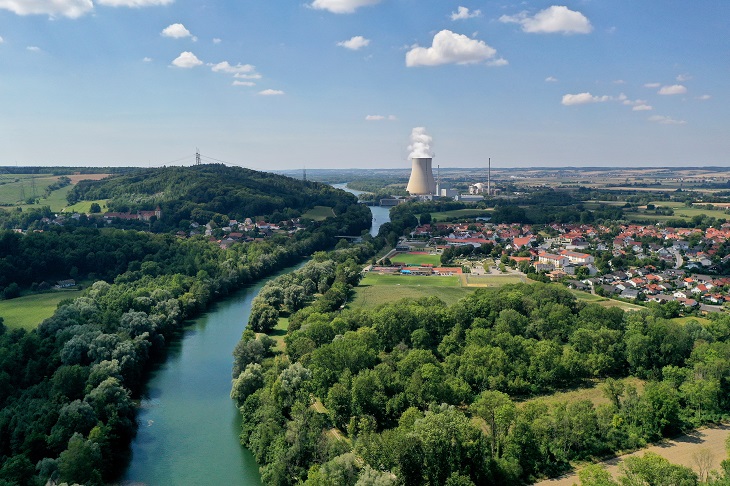



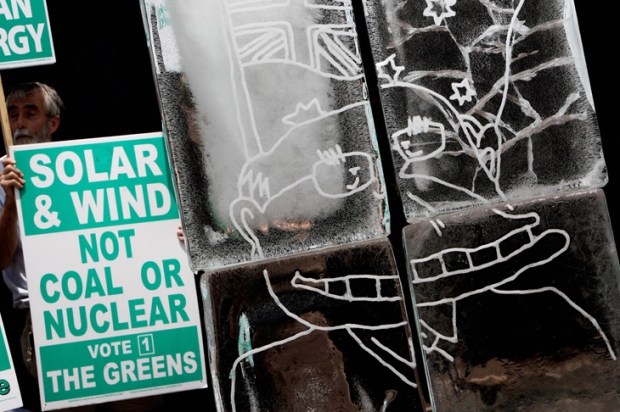
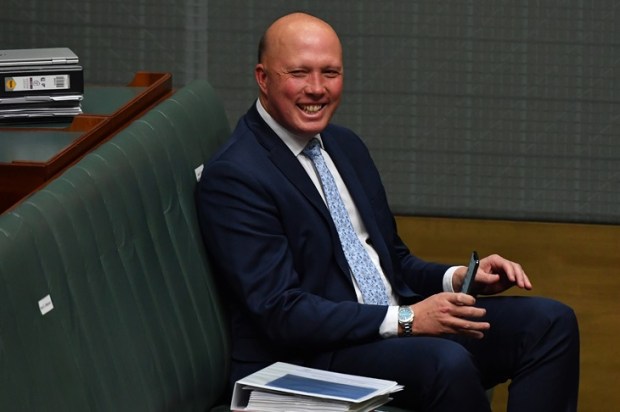
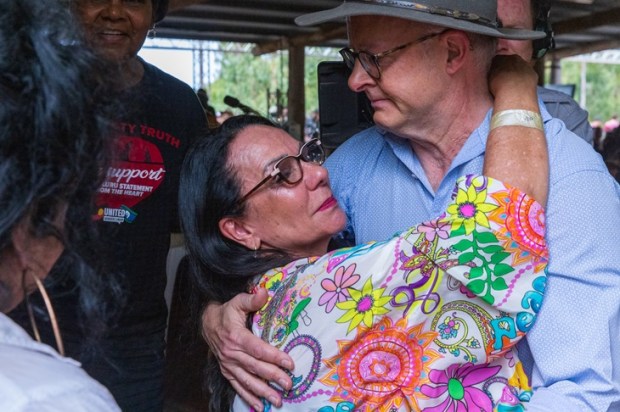







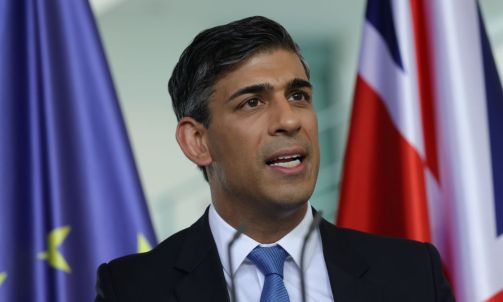
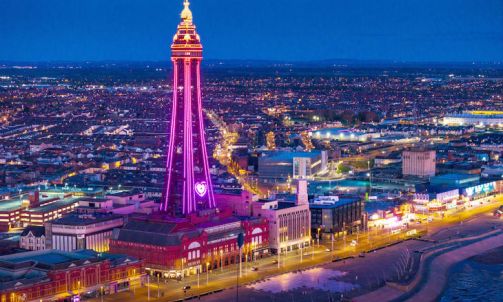


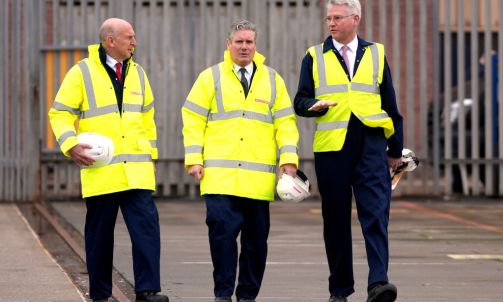






Comments
Don't miss out
Join the conversation with other Spectator Australia readers. Subscribe to leave a comment.
SUBSCRIBEAlready a subscriber? Log in